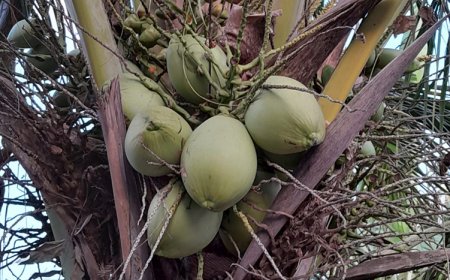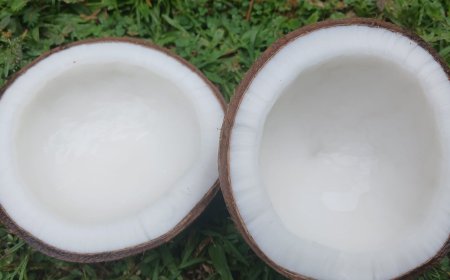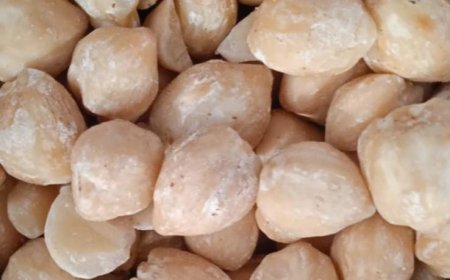Benefits of Bangle as Traditional Balinese Medicine
Bali is an island famous for its diversity of cultures and traditions that are very well known, not only in Indonesia but even throughout the world. As it turns out, apart from culture and tradition, Bali also has a variety of traditional Balinese medicine called usadha where in making usadha it uses various combinations of plants or spices in Bali, one of which is Bangle, where bangle is found in usadha dalem and usadha tiwang. usadha tiwang focuses on diseases that have several symptoms such as body wasting while usadha dalem focuses on internal diseases.
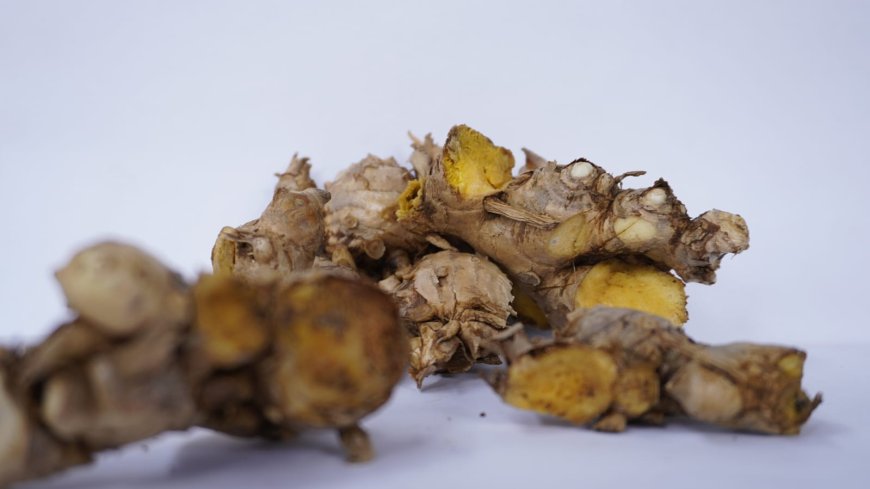
Usadha is a science that discusses traditional medicine in Bali by utilizing the wealth of spices in Bali. Bali has a variety of spices that can be used as traditional medicine such as turmeric, tabia bun, ginger, isen and many more. One of the spices that is often used for traditional Balinese medicine is bangle.
Bangle is one of the Balinese usadha that is often used to be utilized as traditional medicine because it has a variety of properties that can help in treating diseases. This has been believed by the Balinese people for generations. Traditional bangle treatment is one of the treatments in usadha dalem, where usadha dalem is an usadha that focuses on the treatment of internal diseases, especially tuju disease. In the lontar usadha dalem contains 10 types of tuju disease with different symptoms or signs such as, madness, barah, buh, badasa, gering agung or leprosy, gudig, ringworm itching and scorching, snake bites, dog bites, facial medicine, skin diseases, stomach diseases.
In the lontar usadha dalem usually uses various types of spices combined in making traditional medicines such as scrubs, boreh, potions and many more. The plants used in usadha dalem are various kinds of plants such as fennel, bangle, yellow cempaka, intaran leaves, lime, kaffir lime, galangal, liligundi, musi, teriketuka, kenanga, pule, nutmeg, sembung and many more spices used. These plants or ingredients are complements that are used to make a medicine that is believed to have properties in curing diseases.
Apart from usadha dalem, bangle is also contained in the lontar usadha tiwang, where usadha tiwang focuses on the treatment of diseases that have symptoms such as body wasting, aches and pains, restlessness, glaring eyes, stiff muscles and even fainting.
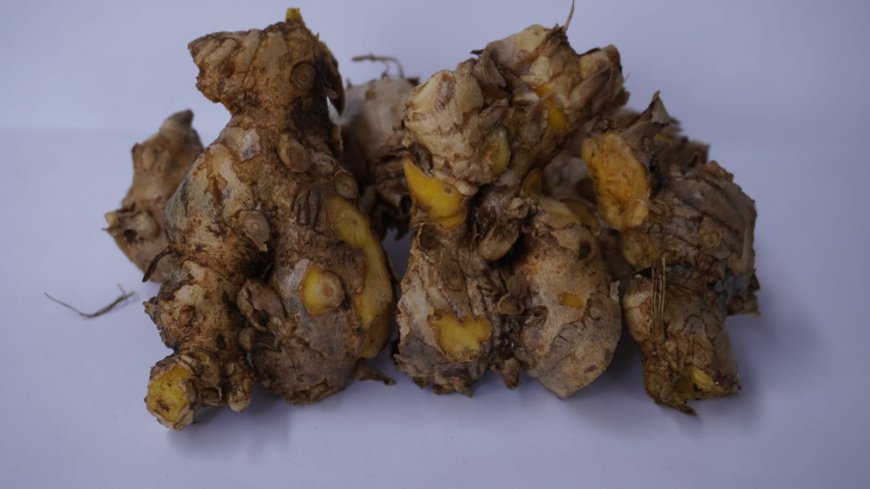
Bangle Rhizomes (Photo Source : Personal Collection)
Bangle itself looks almost the same as ginger, so people often misinterpret bangle and ginger. These two plants are indeed similar and also contain properties that are useful in traditional medicine. But there are some basic differences between bangle and ginger: ginger has a distinctive and pleasant taste, while bangle does not have a pleasant taste but is slightly spicy and very bitter, bangle has a larger size than ginger and bangle skin is blacker and slightly wrinkled than ginger.
In usadha tiwang, bangle is used to treat Tiwang Bangke disease where a person's condition is lying like a corpse and Tiwang Sasah Bangke whose disease is like stabbing to the back. To maximize the use of bangle as traditional Balinese medicine, in the lontar usadha dalem bangle is combined with various spices, namely to treat tuju disease which is stated in the lontar usadha dalem with the sound "Ta, wdak salwirraning tuju, sa, wwan kucubung kasyan, wwan campaka kuning, bangle, trikatuka, ulig" which means that the scrub or boreh medicine for all diseases of tuju the means are kasyan kecubung leaves, yellow cempaka leaves, bangle, trikatuka, crushed. Then "Ta, edan, anembang, sa, kajanti, onlineon, bwang ptak, mica, bangle, gamongan, ginger, temu ireng, sindrong, banu tuli, puhakna, astawaken" which means Medicine for crazy who like to sing, the suggestions are kajanit, onlineon, shallots, pepper, bangle, lempuyang, ginger, temu black, isinrong, water from tree holes, tutuhkan and mantrakan. The manuscripts are some of the treatments in usadha dalem using bangle and there are many more combinations of treatment ingredients involving bangle. Apart from that, Balinese people usually also use bangle to make boreh or scrubs which are believed to reduce heat, where making bangle boreh only requires the rhizome of bangle. The way to make bangle boreh is to mash the bangle rhizome until smooth, then mix it with a little water, after mixing then apply bangle boreh to the hot body area, then the body heat will quickly improve.
Besides bangle being used as boreh, bangle is also used as loloh or herbal medicine. The way to make it is that the bangle rhizome is washed first, then continued by grating the bangle rhizome, then the grated bangle is squeezed and filtered to get the extract from the bangle rhizome, after which it is added to the complementary ingredients, namely honey and duck eggs, mix the three ingredients until evenly mixed, after the ingredients have been evenly mixed then loloh bangle is ready for consumption. Apart from the use of bangle as a traditional medicine, bangle is also used as a complement to kitchen spices which are usually useful for removing fishy odors, especially when cooking beef.
Bangle with the Latin name Zingiber purpureum Roxb is also believed by people outside Bali as a heat-lowering drug (antipyretic), Fart Bullet (Carminative), Phlegm Bullet (expectorant), Blood Purifier and worm medicine. It is said that the Javanese people who settled in North Sumatra believe that apart from being a cure for diseases, bangle also has a very strong cultural value. The cultural value that is applied from generation to generation is the use of bangle on newborn babies. Bangle scouring is applied to the forehead of newborn babies in the afternoon. According to the stories of Javanese mothers, this is done so that the baby is protected from bad interference such as interference from spirits because bangle has a distinctive odor that is disliked by these astral beings.
From this it can be said that bangle has a variety of properties and uses that can help the community. In addition, bangle is also easy to obtain, you only need to buy it at the market or can plant it yourself, so you can minimize spending on buying modern medicines whose efficacy is not much different.


















































